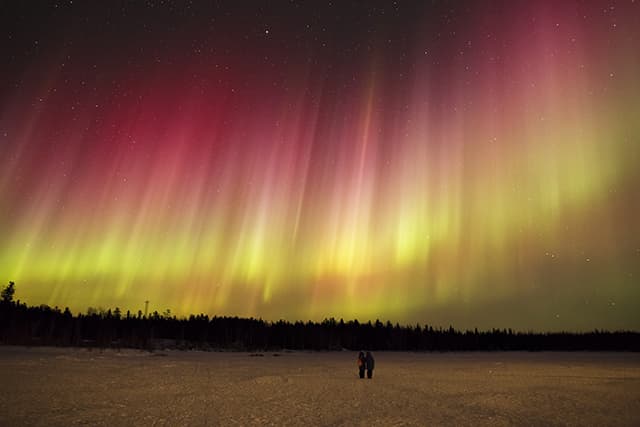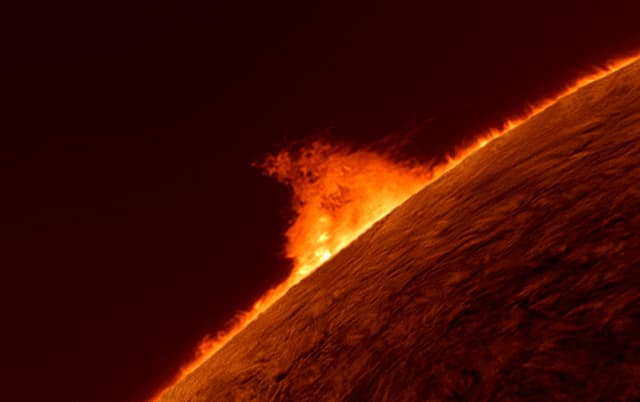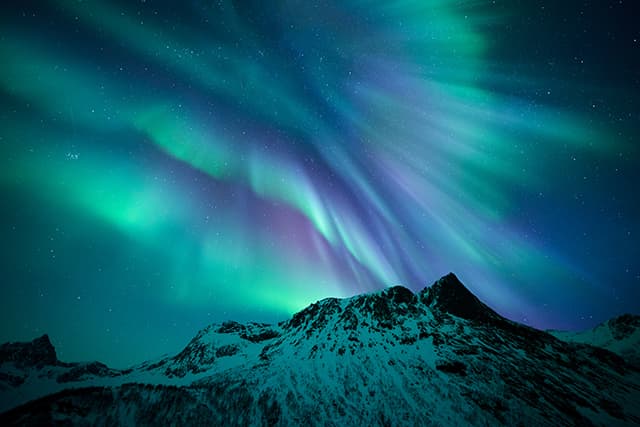Ascent of Angels © Brad Goldpaint
The Insight Astronomy Photographer of the Year pulled in more than 2,700 ‘spectacular’ entries, the highest number in the competition’s seven-year history.
Shortlisted shots included Ascent of Angels (above) by Brad Goldpaint from the USA, showing an ‘astonishing view of a meteor piercing through the darkness as the Milky Way towers above the 4,392m peak of Mount Rainier in Washington’.
Organisers added: ‘The phenomenal natural light show of a lightning storm emanating from below ominous storm clouds juxtaposed with the gleaming stars of our galaxy above them; and an enthralled stargazer immersed in the stars as the luminous purple sky is mirrored in the thin sheet of water across the world’s largest salt flat, Salar de Uyuni in Bolivia.’
Winners of the nine categories and two special prizes will be announced on 17 September at the Royal Observatory in Greenwich, before going on show in a free exhibition the next day.
The overall winner will pocket £2,500.
Organisers praised the Astronomy Photographer of the Year for going from ‘strength to strength’.
Entries were submitted via a dedicated Flickr group.
To view the entries visit www.flickr.com/groups/astrophoto
This year’s judges include comedian and astronomy enthusiast Jon Culshaw.
 The Edge of the Aurora © O Chul Kwon (Korea)
The Edge of the Aurora © O Chul Kwon (Korea)
A rare sighting of a red aurora, caused by the emission of high-altitude oxygen, captured on film, dancing over Yellowknife, the capital city of the Northwest Territories in Canada. The aurorae are a result of a large geomagnetic storm caused by a coronal mass ejection.
Living in Norway, the photographer had seen his fair share of aurorae, but on 21 January 2015 he witnessed the strongest variety of colours he had ever set eyes on in this beautiful explosion of purples and greens. Careening over the peaks of Senja, oxygen produces the greens and nitrogen the purples, seen in this particular display of the Northern Lights.

Solar Prominence © Gary Palmer (UK)
Searing hot loops of plasma radiate from the edge of our local star – the Sun – in a phenomenon known as a solar prominence. Emanating from the Sun’s photosphere; its outer shell from which light is emitted, prominences extend to the corona, which is the aura of the plasma surrounding it. A typical prominence covers over thousands of kilometres, with the largest ever recorded estimated to be over 800,000 kilometres, equalling roughly the radius of the Sun itself.








